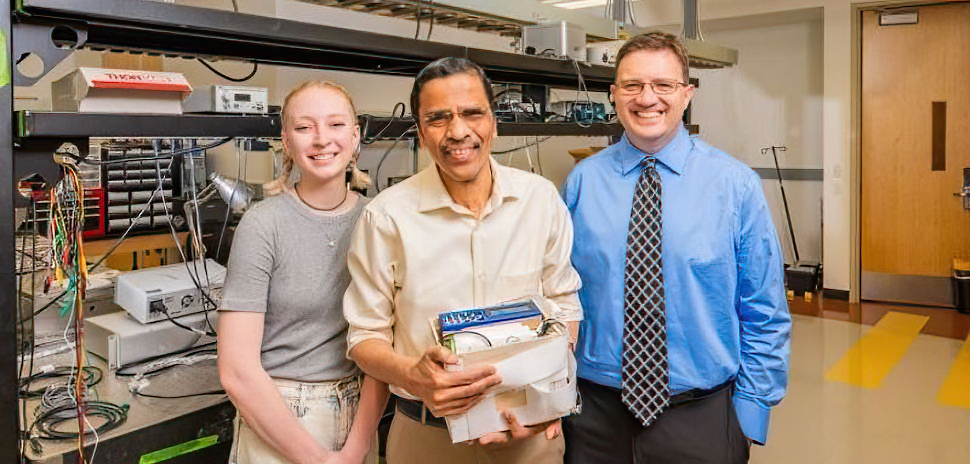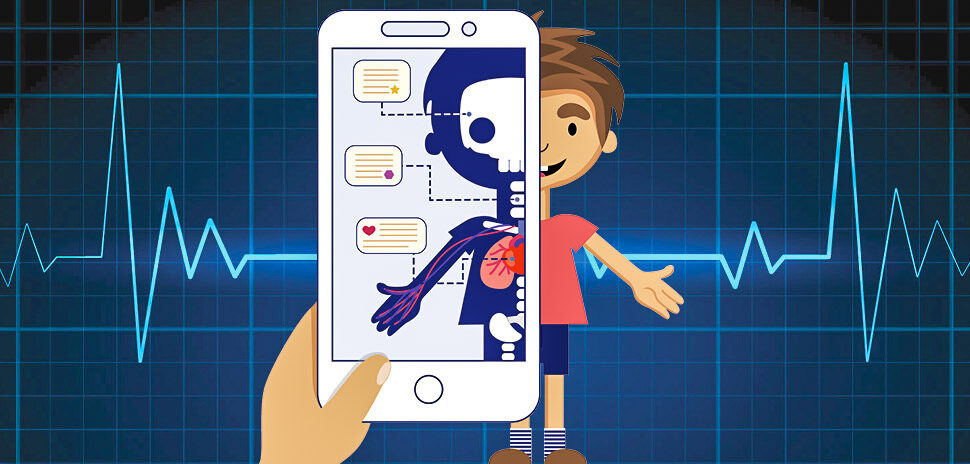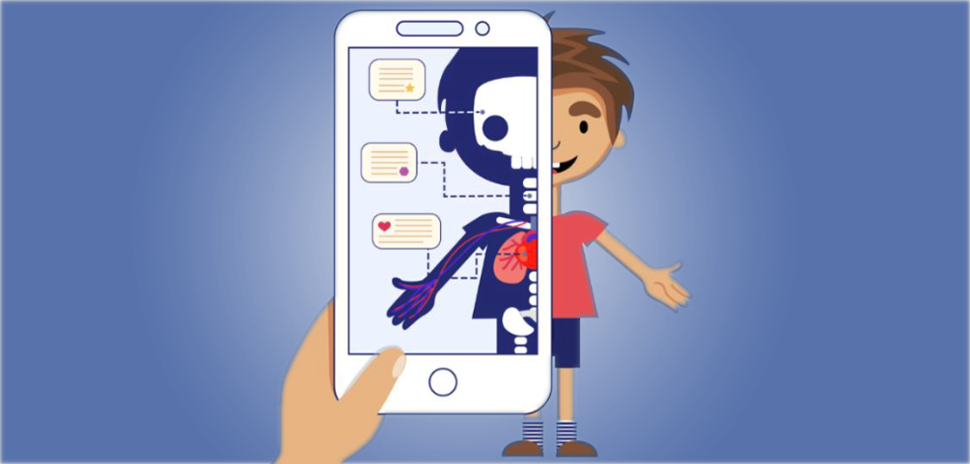For patients who require constant monitoring of blood parameters like hemoglobin, the process can be a pain: Needle sticks and blood samples are often required. Noninvasive spectroscopic methods are available, but the results they produce have a high degree of variability. And they can be inaccurate when monitoring people of color, because of differences in skin melanin.
Now a team at the University of Texas at Arlington—in collaboration with Austin-based Shani Biotechnologies—has developed a new, noninvasive technology that may meet all those challenges.
A wearable device could ‘read the blood through the skin’
UTA Bioengineering Associate Professor George Alexandrakis says the new tech could lead to a wearable device—such as a watch or a monitor—”that would read the blood through the skin.”
The new tech could save patients pain since it requires no blood samples. And it could save money since there’s no need for expensive equipment, like that often used for blood monitoring today.
Using the blue-green light spectra
The new device detects the spectroscopic properties of hemoglobin in the blue-green light spectra. This is a different approach from what’s currently used in similar devices that rely on the red-infrared spectra.
Alexandrakis says the new device is easy to use. A probe is placed on the skin, measuring reflected light from the skin.
Team evaluated the novel device in 30+ patients
The UTA is being led by Alexandrakis, an expert in the field of biomedical optics, and Sanjay Gokhale, a medical scientist in Alexandrakis’ lab. Gokhale’s research focus is on the spectroscopic properties of adult and fetal hemoglobin.
Collaborating with Michael Nelson, an associate professor of kinesiology at UTA, the team evaluated the novel device in more than 30 participants.
They compared the hemoglobin values measured by the device to those measured by currently available point-of-care device. They also compared the new device’s findings with those from standard blood tests.
Preliminary results suggest the device can estimate hemoglobin with better accuracy and consistency than currently available comparable methods.
Follow-up study planned at Arlington hospitals
The next step in testing the new device will be a follow-up study involving patients in Arlington hospitals, Alexandrakis said in a statement.
Helping to close racial disparities in diagnostics
One of the biggest things the new device could achieve is helping to address racial disparities in health care—which has been in the news a lot during the pandemic.
Just last month, Dallas Innovates wrote about the UNT Health Science Center at Fort Worth receiving a $50 million award from the National Institutes of Health with that goal in mind. (UNT HSC will use the award to lead the coordinating center for the AI/Machine Learning Consortium to Advance Health Equity and Researcher Diversity, called AIM-AHEAD.)
Vinoop Daggubati, MD, CEO of Shani Biotechnologies, recently spoke about the new blood monitoring device at the 16th annual meeting of the Texas Center for Health Disparities’ Community Approaches to Health Equity Conference.
“We’re planning larger studies in a variety of patient populations to advance the clinical development of the device,” Duggubati said at the conference. “The technology has massive potential in health care settings, remote monitoring, and embodiment into wearables. We’re committed to closing the racial disparity in these diagnostic modalities to provide better care for African Americans, Hispanics, and people of color. Our technology is a steppingstone toward achieving that goal.”
![]()
Get on the list.
Dallas Innovates, every day.
Sign up to keep your eye on what’s new and next in Dallas-Fort Worth, every day.


































































